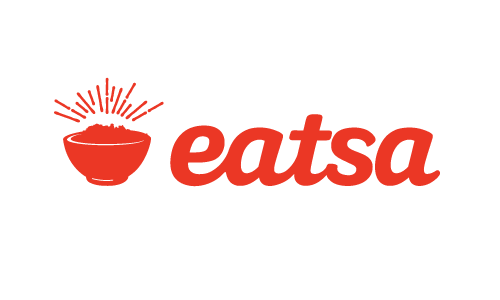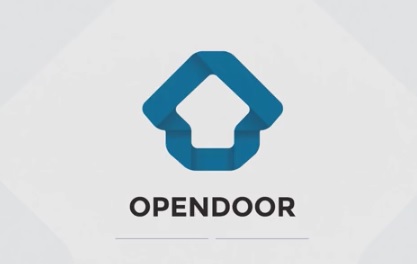By now, we are increasingly destined to a world with much less interaction between human beings and fast food market is no exception.
McDonald’s has already started this process through its “touch easy order” or rather a touchscreen where you can order, pay (in case you pay by credit card), print the receipt and wait for your order is ready. In this situation there is still interaction between employees and consumers. You can see them into the kitchen, you may ask them something that you forgot, you can ask them some clarifications about ingredients or something like this, etc (I recommend this article to elaborate further McDonald’s position about the topic => http://www.businessinsider.com/what-self-serve-kiosks-at-mcdonalds-mean-for-cashiers-2015-8?IR=T). But, McDonald’s main goal of this is a more efficiency, to speed up ordering service.
Instead, “eatsa” has decided to completely remove interaction between consumers and “who stands behind the counter”. So, what is “eatsa” and what does it do?
Obviously it is the nth company founded in San Francisco, California. It was founded in 2015.
Currently the company has five stores, three of which on the West Coast in California and the other two on the East Coast in NY and in Washington D.C.
Which is the news? Eatsa offers a completely new fast-food experience based on:
- Healthier food (Get more from your fast food. Better protein, more flavor, and always fresh. The company serves only meals based on quinoa);
- Customization;
- No interaction with employees;
- Taste (With craveable flavors you won’t believe, you can have a healthy addiction to fast food);
- Speed of service (No lines. No cashier. No nonsense. They’re engineered to get you in and out fast).
So, the experience consists in these steps:
- you order your customized menu through the iPad;
- you pay and take the receipt;
- you wait for your order is ready;
- when you read your name on the screen you can take your menu from the box assigned to you.
- enjoy your meal.
A further advantage for the consumers might be that in this way people aren’t “under pressure” to order, because when you are at the fast food and you want to check the menu before ordering, cashiers often animate you to order faster. For many people may be an issue.
I think it is a nice and new idea. I like this concept of fast-food chain, it is a good and new alternative to the fast-fast chains that already operate in the market, especially for the food they serve.
They have followed the recent trend focused on eating healthier.
It may be a blockbuster. It all depends on what its competitors will do, especially if they want to copy this new concept that probably may not work on them or rather they probably have to change really slowly because their consumers are used to their current standard and consumers may not accept this change.
In the end I recommend you this article that offers a different point of view on this new food experience => http://www.forbes.com/sites/eveturowpaul/2016/09/27/why-eatsa-scares-me/#2a626b3e2f64
Sources:
https://www.crunchbase.com/organization/eatsa#/entity
https://www.eatsa.com
Eatsa, A Futuristic Restaurant Where Robot Cubbies Serve Quinoa






